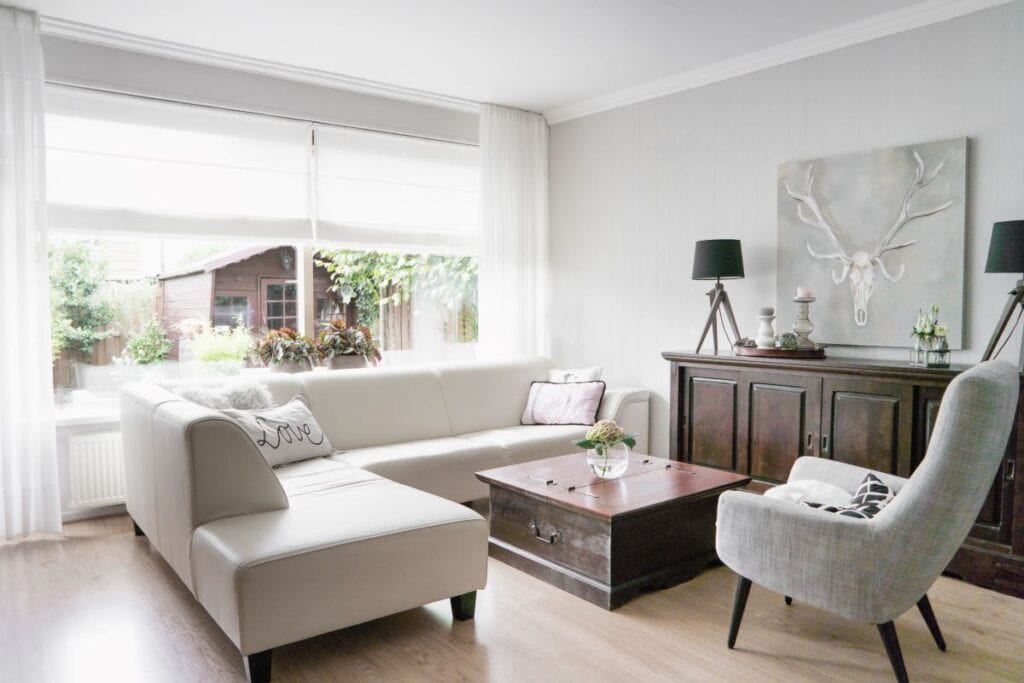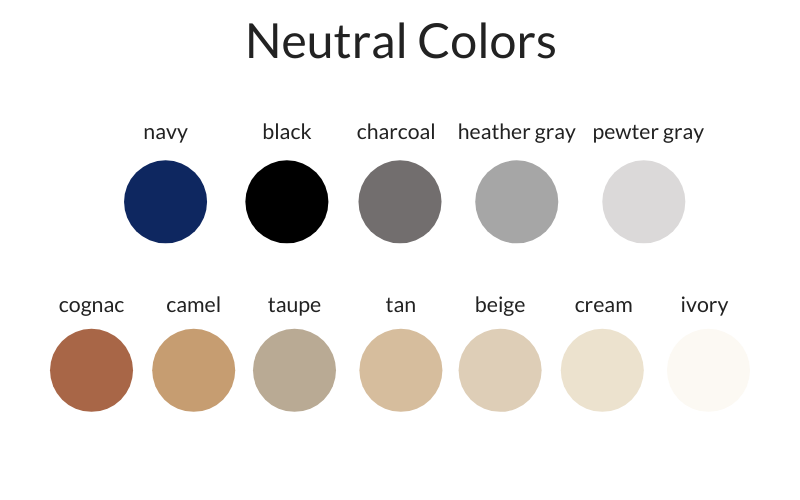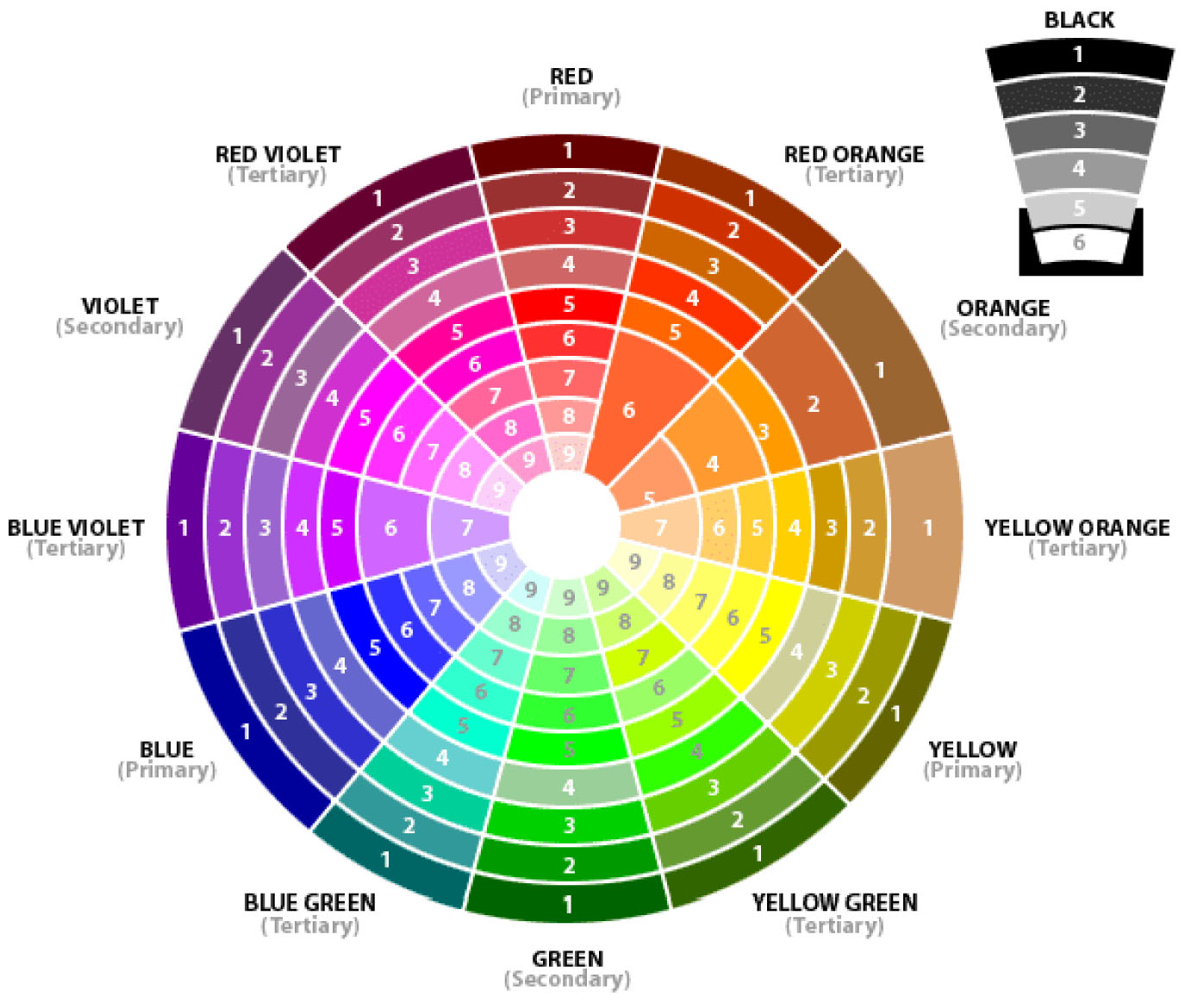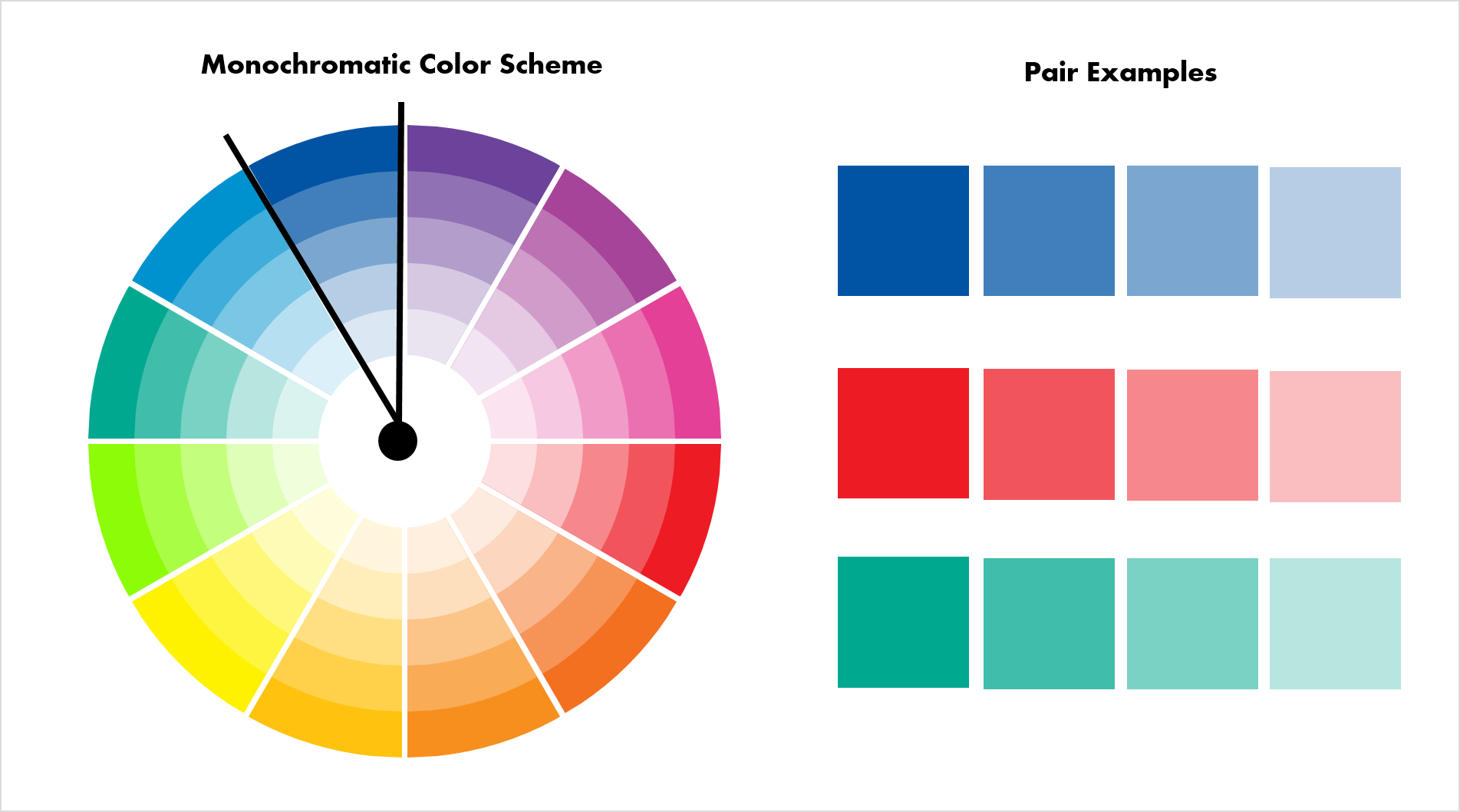Neutral colors are a great option for kitchens and dining rooms as they provide a calm and versatile base for any design. These colors include shades of gray, beige, and white. They are great for creating a clean and modern look, and can easily be paired with other colors to add pops of contrast.Neutral Colors
Warm colors, such as shades of red, yellow, and orange, can bring a cozy and inviting feel to a kitchen and dining room. These colors are known for stimulating appetite and creating a welcoming atmosphere for guests. They can also add a touch of energy and vibrancy to the space.Warm Colors
Cool colors, like blues, greens, and purples, can create a serene and calming environment in a kitchen and dining room. These colors are known for their soothing effects and can help create a peaceful and relaxing atmosphere. They are also great for creating a sense of spaciousness in smaller rooms.Cool Colors
Earth tones, including shades of brown, green, and beige, can bring a natural and organic feel to a kitchen and dining room. These colors are reminiscent of nature and can create a warm and inviting atmosphere. They are also great for creating a sense of harmony and balance in the space.Earth Tones
Light colors, such as pastel shades, are perfect for creating a soft and airy feel in a kitchen and dining room. These colors are great for smaller spaces as they can make the room feel larger and brighter. They also add a touch of femininity and elegance to the space.Light Colors
Dark colors, like deep blues, greens, and purples, can add drama and sophistication to a kitchen and dining room. These colors are perfect for creating a bold statement and can add a touch of luxury to the space. They are also great for creating a cozy and intimate atmosphere.Dark Colors
Using contrasting colors, such as black and white or navy blue and white, can add a striking and dynamic look to a kitchen and dining room. These colors create a high-contrast effect and can add a touch of modernity and visual interest to the space.Contrasting Colors
Complementary colors, which are colors that are opposite each other on the color wheel, can create a vibrant and harmonious look in a kitchen and dining room. Examples of complementary colors include blue and orange, red and green, and yellow and purple. These colors can add a bold and playful touch to the space.Complementary Colors
Monochromatic colors, which are different shades and tones of the same color, can create a sophisticated and cohesive look in a kitchen and dining room. This color scheme is perfect for creating a sense of harmony and can add a touch of elegance to the space.Monochromatic Colors
When choosing colors for your kitchen and dining room, it is important to consider how different colors work together in a color scheme. Some popular color schemes include analogous (colors that are next to each other on the color wheel), triadic (three colors equally spaced on the color wheel), and tetradic (four colors in a rectangular pattern on the color wheel). These color schemes can help you create a cohesive and visually appealing look in your space.Color Schemes
Creating a Cohesive Color Scheme for Your Kitchen and Dining Room

Why Colors Matter
 When it comes to designing your home, color plays a crucial role in creating the overall look and feel of a space. This is especially true for the kitchen and dining room, as these are two of the most frequently used areas in a house. Choosing the right colors for these rooms can make a significant impact on the overall aesthetic and functionality of your home.
When it comes to designing your home, color plays a crucial role in creating the overall look and feel of a space. This is especially true for the kitchen and dining room, as these are two of the most frequently used areas in a house. Choosing the right colors for these rooms can make a significant impact on the overall aesthetic and functionality of your home.
The Power of Neutral Tones
 Neutral colors, such as white, beige, and grey, are popular choices for kitchen and dining room designs. These colors provide a blank canvas that allows you to incorporate pops of color through décor and furnishings. They also create a clean and timeless look that can easily be updated with small changes over time. Neutral colors are also versatile and work well with a variety of design styles, from modern to traditional.
Neutral colors, such as white, beige, and grey, are popular choices for kitchen and dining room designs. These colors provide a blank canvas that allows you to incorporate pops of color through décor and furnishings. They also create a clean and timeless look that can easily be updated with small changes over time. Neutral colors are also versatile and work well with a variety of design styles, from modern to traditional.
Adding Warmth with Earthy Tones
 To add warmth and a sense of coziness to your kitchen and dining room, consider incorporating earthy tones such as brown, terracotta, and olive green. These colors bring a natural and inviting feel to a space and can be incorporated through accent walls, painted cabinets, or even through natural wood elements. Earthy tones are also known to stimulate the appetite, making them a perfect choice for the dining room.
To add warmth and a sense of coziness to your kitchen and dining room, consider incorporating earthy tones such as brown, terracotta, and olive green. These colors bring a natural and inviting feel to a space and can be incorporated through accent walls, painted cabinets, or even through natural wood elements. Earthy tones are also known to stimulate the appetite, making them a perfect choice for the dining room.
Creating a Pop of Color
 For those who want to add a pop of color to their kitchen and dining room, the possibilities are endless. From bold reds and oranges to calming blues and greens, there are endless options to choose from. When incorporating a bold color, it is important to use it sparingly and balance it out with neutral or earthy tones to avoid overwhelming the space. This can be achieved through accent walls, colorful backsplash tiles, or even through colorful dishware and accessories.
For those who want to add a pop of color to their kitchen and dining room, the possibilities are endless. From bold reds and oranges to calming blues and greens, there are endless options to choose from. When incorporating a bold color, it is important to use it sparingly and balance it out with neutral or earthy tones to avoid overwhelming the space. This can be achieved through accent walls, colorful backsplash tiles, or even through colorful dishware and accessories.
The Importance of Coordinating Colors
 When designing your kitchen and dining room, it is essential to create a cohesive color scheme that flows seamlessly between the two spaces. This can be achieved by choosing colors that complement each other and using a mix of textures and patterns to add depth and interest. For example, if you have a navy blue accent wall in the dining room, you could incorporate navy blue throw pillows or a rug with a similar hue in the kitchen to tie the two spaces together.
When designing your kitchen and dining room, it is essential to create a cohesive color scheme that flows seamlessly between the two spaces. This can be achieved by choosing colors that complement each other and using a mix of textures and patterns to add depth and interest. For example, if you have a navy blue accent wall in the dining room, you could incorporate navy blue throw pillows or a rug with a similar hue in the kitchen to tie the two spaces together.
Final Thoughts
 In conclusion, choosing the right colors for your kitchen and dining room can greatly impact the overall look and feel of your home. Whether you opt for neutral tones, earthy hues, or bold pops of color, it is important to create a cohesive color scheme that ties the two spaces together. By carefully selecting and coordinating colors, you can create a beautiful and functional kitchen and dining room that will be the heart of your home.
In conclusion, choosing the right colors for your kitchen and dining room can greatly impact the overall look and feel of your home. Whether you opt for neutral tones, earthy hues, or bold pops of color, it is important to create a cohesive color scheme that ties the two spaces together. By carefully selecting and coordinating colors, you can create a beautiful and functional kitchen and dining room that will be the heart of your home.



:max_bytes(150000):strip_icc()/what-is-a-neutral-color-1973822-03-3fab8b5a361d49638d3de1cbaf579a22.jpg)
/Lee-Edwards-Getty-Images-56a5ae653df78cf7728968ec.jpg)




/clark_Kensington_neutrals-57db7f2e5f9b5865164b7baa.png)















































/GettyImages-79252233-0fd22351a7e24bbcb83f32332e4da099.jpg)



















/Color-Contrast-Chart-59091b973df78c9283e31928.jpg)


/Colorwheel-58d0206f3df78c3c4f45653b.jpg)




:max_bytes(150000):strip_icc()/Lista_complementarios-56a6e6cb3df78cf77290d98b.png)







































